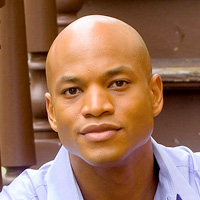BHCC Magazine - Spring 2017
Features
| 1 | The Interview: President Eddinger Interviews Paul Grogan, President and CEO of the Boston Foundation. |
| 8 | Food for Thought How building a hunger team on campus helped BHCC advocate for the basic needs of its students. |
| 14 | Science in Space Begins on Earth Mechanical Engineering major Delson Faria Da Silva brings NASA’s Spacesuit to new dimensions. |
| 18 | Around the World Meet the MVG of the Kershaw Dining Room, Adele Hamblett. |














